Integration with Smart Home Ecosystems
The Smart Cooker Market is benefiting from the integration of smart cookers into broader smart home ecosystems. As more households adopt smart home technologies, the demand for appliances that can seamlessly connect and communicate with other devices is on the rise. Smart cookers that can be controlled via voice commands or mobile applications enhance the overall user experience and convenience. Data indicates that the smart home market is expected to reach a valuation of over 200 billion dollars by 2026, suggesting a robust growth trajectory. This integration not only simplifies cooking processes but also aligns with the lifestyle of tech-savvy consumers who seek interconnected solutions in their homes.
Health Consciousness and Dietary Trends
The Smart Cooker Market is significantly influenced by the growing health consciousness among consumers. As individuals become more aware of the nutritional value of their meals, there is a rising preference for cooking methods that preserve nutrients and promote healthier eating habits. Smart cookers often feature settings for steaming, slow cooking, and pressure cooking, which are perceived as healthier alternatives to traditional frying methods. Industry expert's indicates that approximately 70% of consumers are inclined to invest in appliances that support their health goals. This trend suggests that smart cookers, which facilitate healthier cooking options, are likely to see increased adoption as consumers prioritize their well-being.
Rising Demand for Convenience in Cooking
The Smart Cooker Market is witnessing an increasing demand for convenience as consumers lead busier lifestyles. Smart cookers offer time-saving features such as programmable settings, remote control via mobile applications, and multi-functionality, which appeal to individuals seeking efficient cooking solutions. Market data suggests that nearly 60% of consumers prioritize convenience when selecting kitchen appliances. This trend is likely to drive the growth of smart cookers, as they simplify meal preparation and reduce cooking times. Furthermore, the ability to prepare meals with minimal supervision aligns with the preferences of working professionals and families, thereby expanding the market reach of smart cookers.
Sustainability and Eco-Friendly Practices
The Smart Cooker Market is increasingly influenced by the emphasis on sustainability and eco-friendly practices. Consumers are becoming more environmentally conscious, leading to a demand for appliances that minimize energy consumption and reduce waste. Smart cookers often incorporate energy-efficient technologies and materials, appealing to eco-conscious buyers. Market analysis reveals that around 65% of consumers are willing to pay a premium for energy-efficient appliances. This trend indicates a potential shift in purchasing behavior, as consumers prioritize sustainability in their kitchen choices. As manufacturers respond to this demand by developing eco-friendly smart cookers, the market is likely to expand, catering to a growing segment of environmentally aware consumers.
Technological Advancements in Cooking Appliances
The Smart Cooker Market is experiencing a surge in technological advancements that enhance user experience and cooking efficiency. Innovations such as artificial intelligence and machine learning are being integrated into smart cookers, allowing for personalized cooking settings and automated meal preparation. According to recent data, the adoption of smart appliances is projected to grow at a compound annual growth rate of 15% over the next five years. This trend indicates a shift towards more sophisticated cooking solutions that cater to the needs of modern consumers. As smart cookers become more intuitive, they are likely to attract a broader audience, including tech-savvy individuals and busy families seeking convenience in meal preparation.


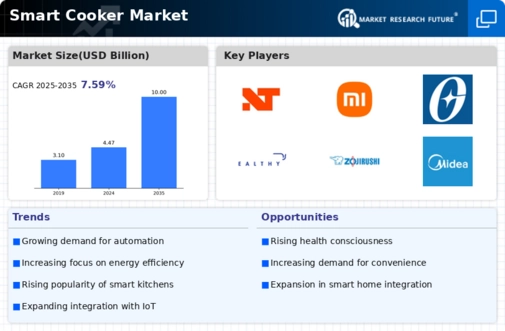

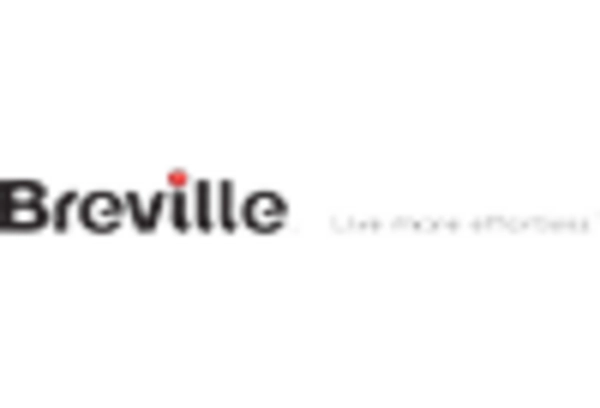
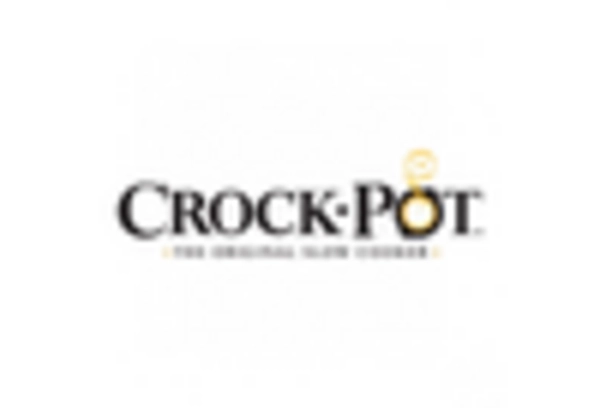
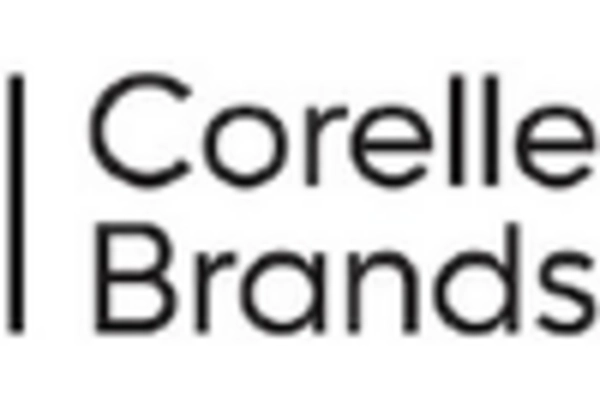


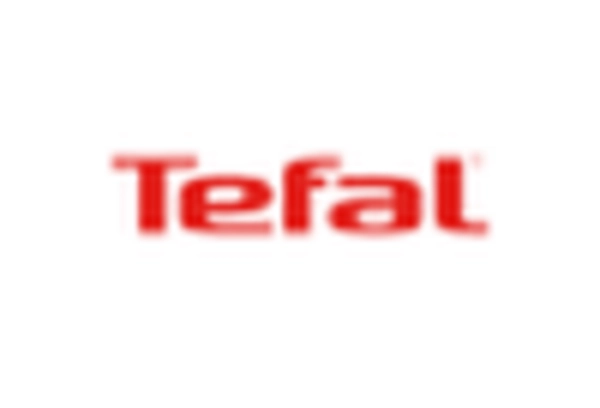








Leave a Comment